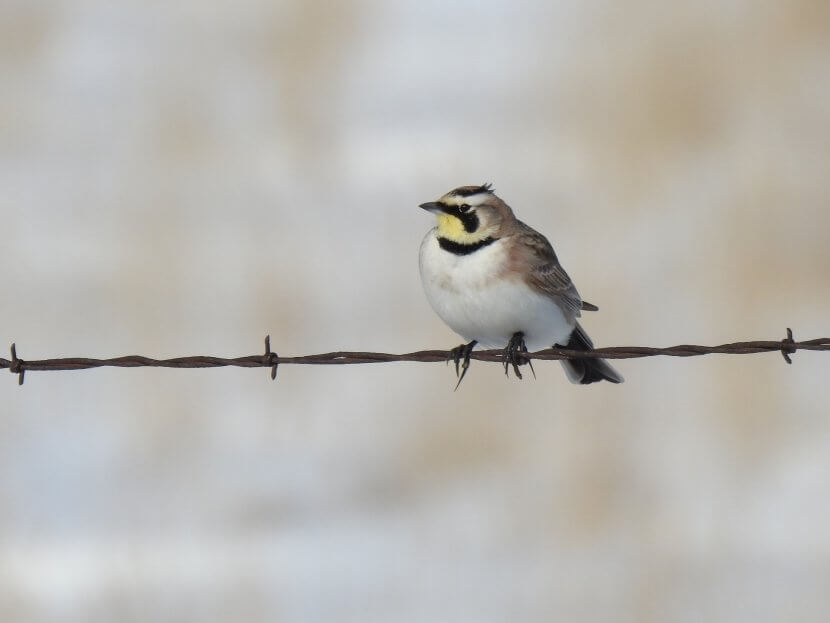We’ve all heard about bird strikes on planes, of course, and thanks to the efforts of companies like Scarecrow and Robin Radar Systems many important steps are taken to prevent them. Despite the excellent products and the effective monitoring processes that are currently available, however, strikes can and do still take place. The steps our industry takes in this field are having a very positive effect in terms of airplane safety, but we should never lose sight of the fact that this is, and always will be, a work in progress.
As we have strongly emphasised for many years now, reliable monitoring and accurate reporting are key to understanding what can be done to avoid bird strikes. These have both improved dramatically in recent years, and we hope the trend will continue. Products such as Scarecrow’s B.I.R.D. Tab, which can log, analyse and report bird movements, are understandably seen as vital in the battle against strikes. As more and more airports adopt such methods, so the accuracy of the data becomes ever more helpful.
According to the Federal Aviation Administration, there are an estimated 26 bird strikes around the world on any given day. The vast majority of these are, of course, relatively harmless. And although the number of flights per day across the globe (estimated by experts to be around 100,000 in pre-Covid times) means that figure of 26 is relatively very small, it still represents a potential danger that the industry simply must take seriously.
The larger birds are not usually the main problem
As for the bird species involved in air strikes, there’s no single culprit to be worried about; in fact, there are several. The majority of people would perhaps think that the Canada goose would be most commonly the cause of problems, but that’s not the case at all. In fact, if you thought the main problem would be one of the larger species of feathered friend, you should think again. Our data, which inevitably is a movable feast at times, suggests that perching birds such as larks, sparrows and starlings are involved in the largest grouping.
According to the Smithsonian, data suggests that the horned lark is the number one culprit, but this information obviously has a more US-centric viewpoint. One of the reasons why horned larks enjoy airport environments is the relative lack of predators, and the fact that it can clearly see in all directions. Feeling safe in a specific location is always important to birds, of course. Shore birds such as gulls and terns are also a major problem, especially (inevitably, perhaps) in airfields which are close to open water sources.
There are certain species that will be more of a threat in some countries than others, of course, but the need for vigilance remains the same for geese and gulls as it does for swifts and starlings. The bottom line, ultimately, is that all birds, irrespective of habitat, activities or food source, can be a danger to aircraft. The ongoing efforts of Scarecrow, Robin Radar Systems and others are just as vital now as they have always been. Until the day comes when bird strikes are no longer a threat or even a possibility, the quest will continue.


